Optimal Timing for Poison Ivy Removal
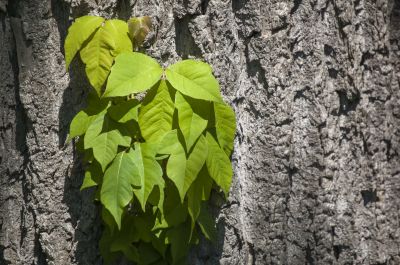
Early spring is ideal for poison ivy removal before plants fully leaf out, making treatment easier and more effective.
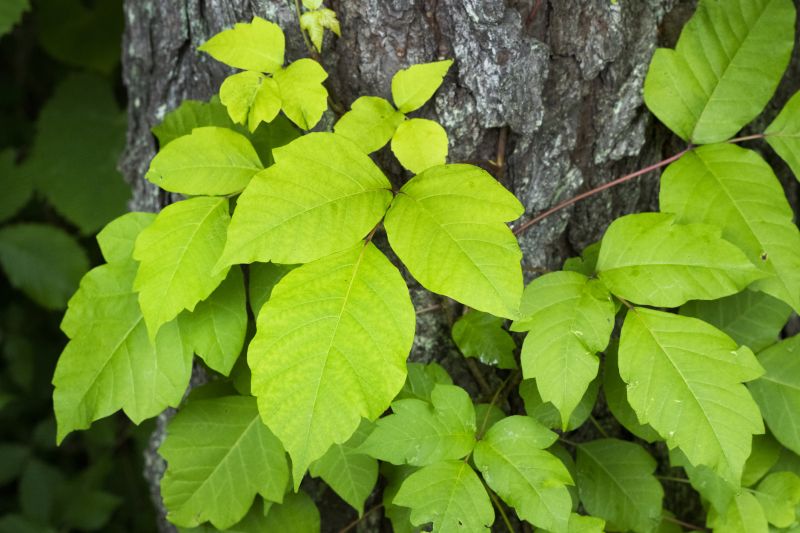
Summer is suitable for removal when plants are actively growing, allowing for thorough eradication.
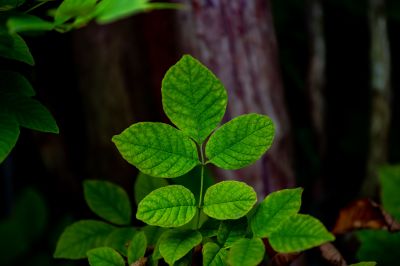
Fall removal can be effective as plants begin to die back, reducing regrowth potential.
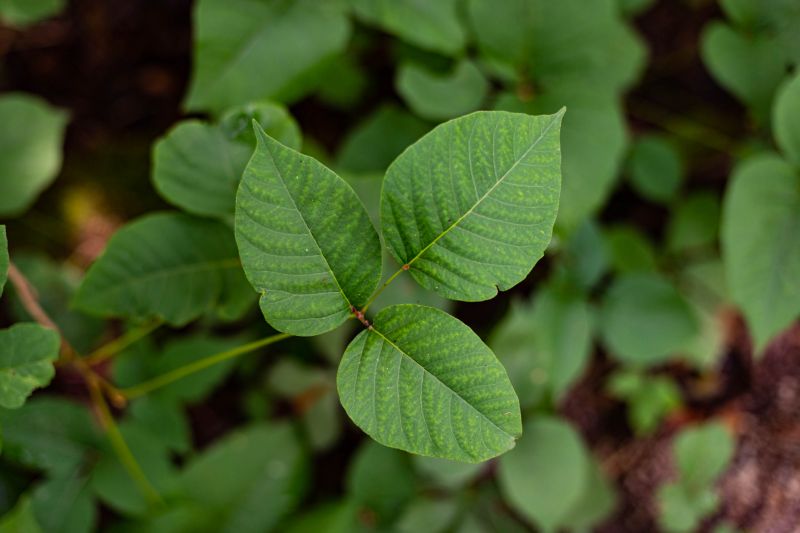
Ways to make Poison Ivy Removals work in tight or awkward layouts.
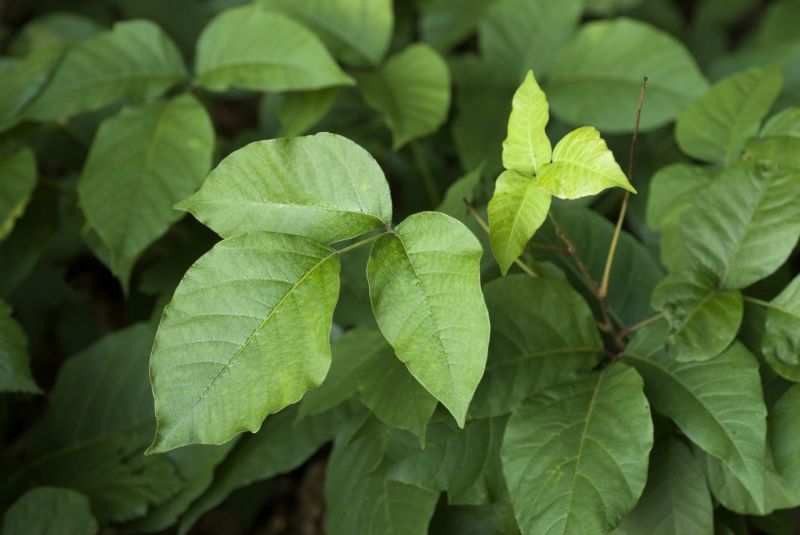
Popular materials for Poison Ivy Removals and why they hold up over time.

Simple add-ons that improve Poison Ivy Removals without blowing the budget.
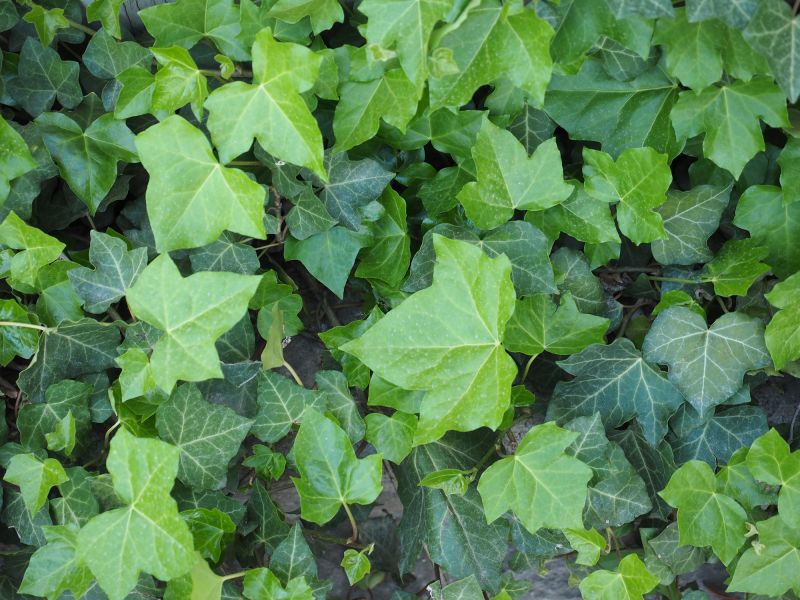
High-end options that actually feel worth it for Poison Ivy Removals.
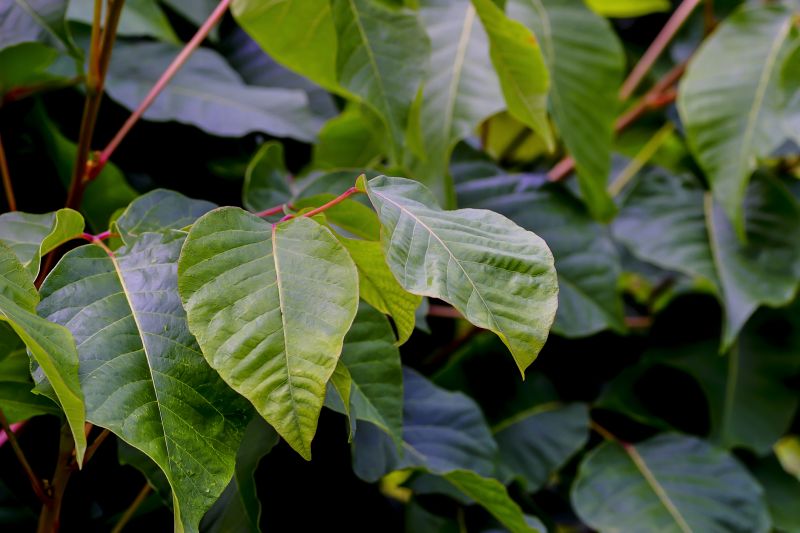
Finishes and colors that play nicely with Poison Ivy Removals.
Poison ivy removal timing depends on plant growth cycles and environmental conditions. Removing poison ivy at optimal times minimizes regrowth and reduces allergic contact exposure. Early intervention in spring prevents plants from spreading and becoming more difficult to manage later in the season. Summer removal targets actively growing plants, while fall removal can help control plants before winter dormancy.
Statistics indicate that poison ivy can grow rapidly, with some plants expanding up to 1.5 feet per year. Proper timing of removal can significantly decrease the likelihood of regrowth and reduce the risk of skin irritation. Understanding plant behavior and seasonal patterns is essential for effective management.
Poison ivy grows year-round but is most active during late spring and summer, making these periods optimal for removal.
Removing poison ivy before seed dispersal in late summer reduces the spread and future growth.
Weather conditions like rainfall and temperature influence plant growth, affecting the best removal timing.
Timing removal during active growth phases can lower the risk of accidental skin contact.

Early spring growth, before full leaf-out.

Full foliage and active growth phase.
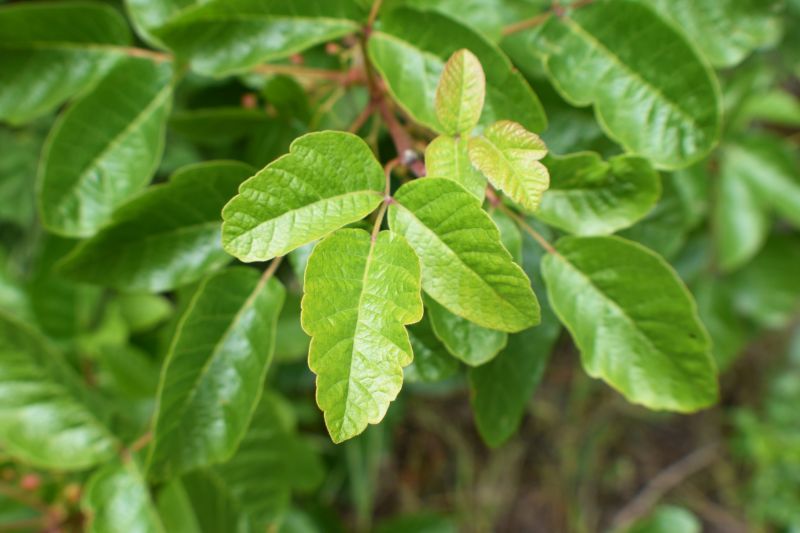
Plants start to die back, reducing visibility.
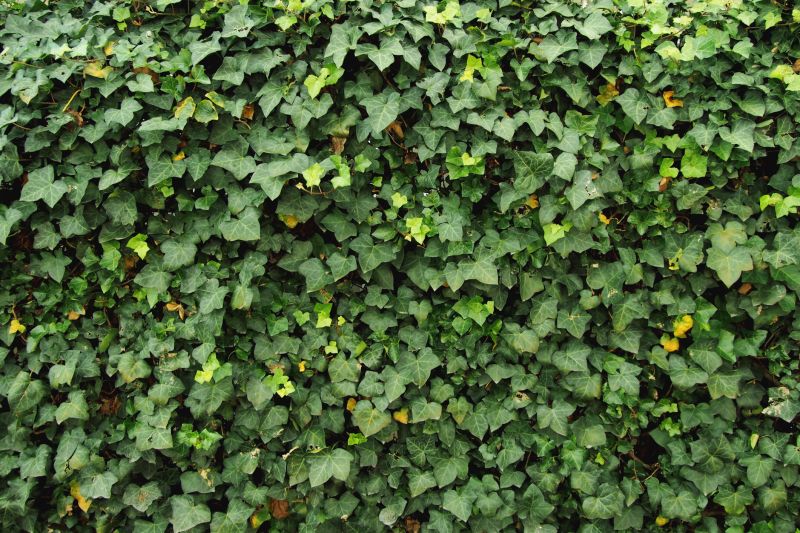
Dormant, less effective for removal.
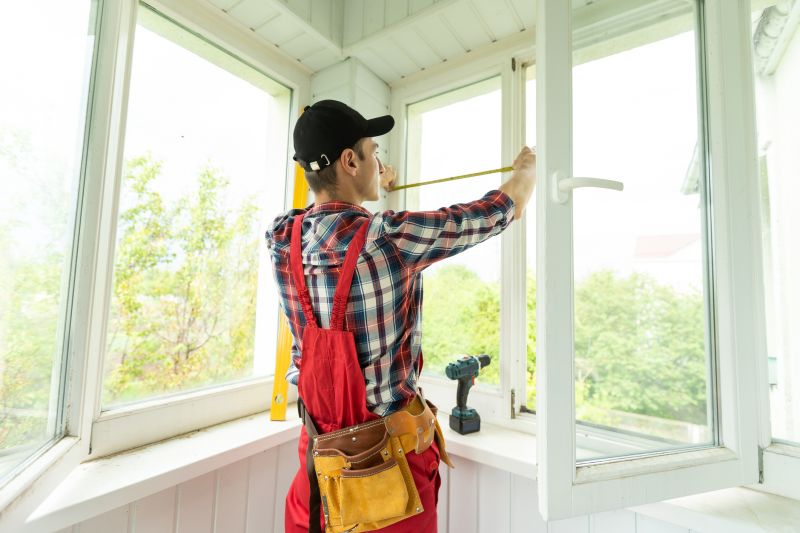
Little measurements that prevent headaches on Poison Ivy Removals day.
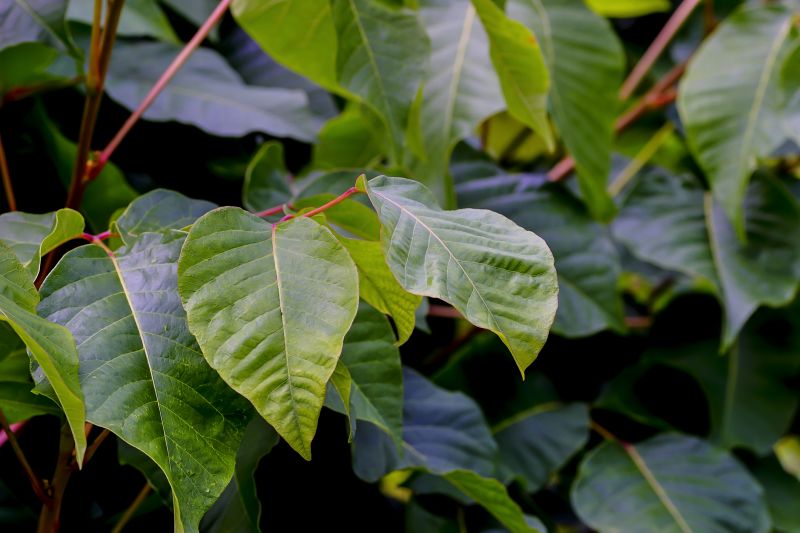
A 60-second routine that keeps Poison Ivy Removals looking new.
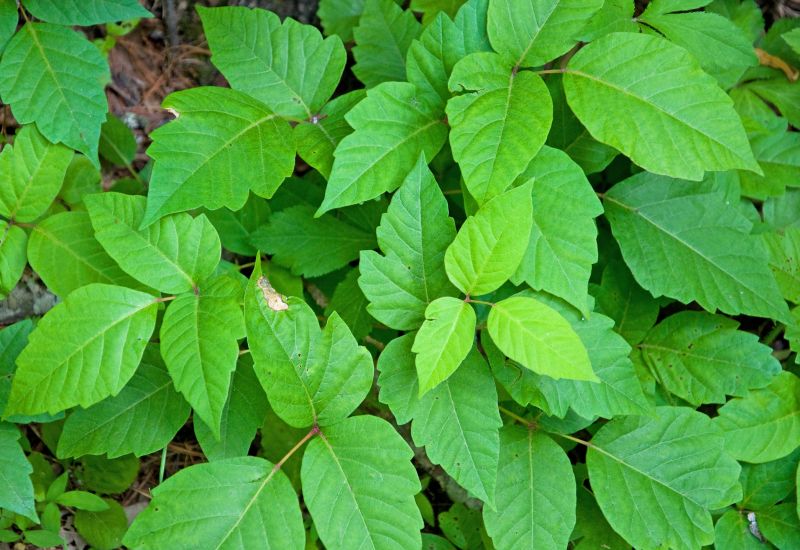
A frequent mistake in Poison Ivy Removals and how to dodge it.
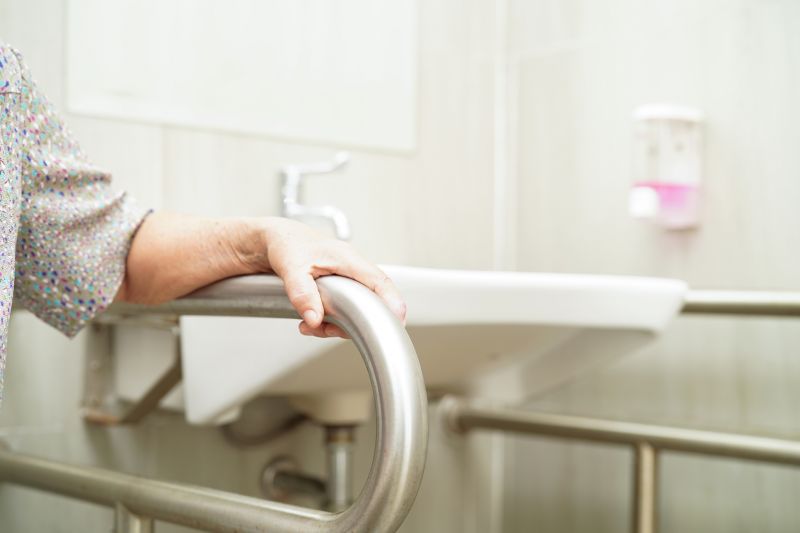
Small tweaks to make Poison Ivy Removals safer and easier to use.
| Season | Best Removal Time |
|---|---|
| Spring | Early spring before full leaf-out |
| Summer | During active growth, mid to late summer |
| Fall | Late fall before plants go dormant |
| Winter | Not recommended due to dormancy |
| Post-Seed Dispersal | Immediately after seed dispersal to prevent spread |
Proper timing for poison ivy removal enhances effectiveness and safety. Early season removal prevents extensive growth, while late season efforts focus on preventing seed spread. Recognizing the plant's growth cycle and environmental cues ensures optimal management and minimizes future infestations.
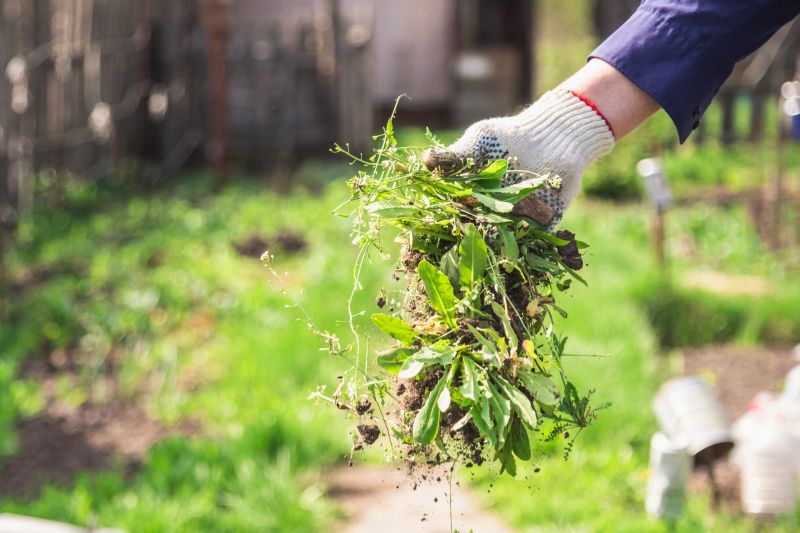
Aligning removal with plant growth stages maximizes success.
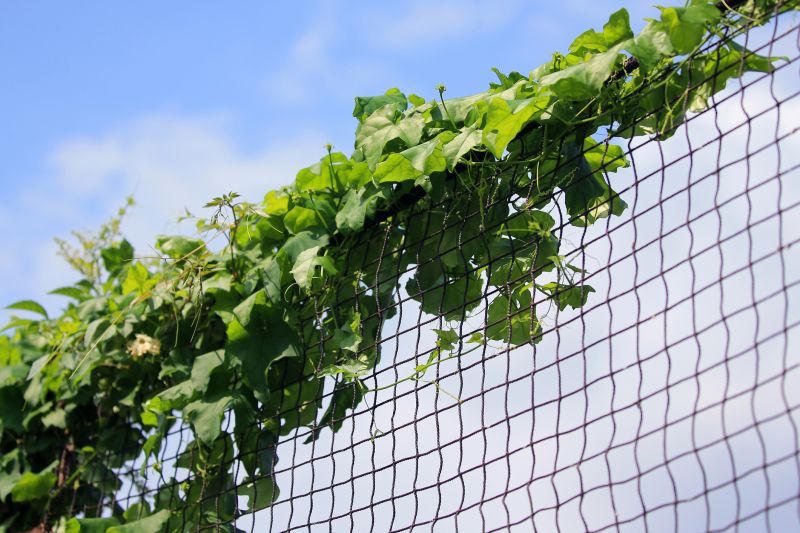
Different seasons require tailored removal strategies.

Understanding plant behavior aids in planning removal.
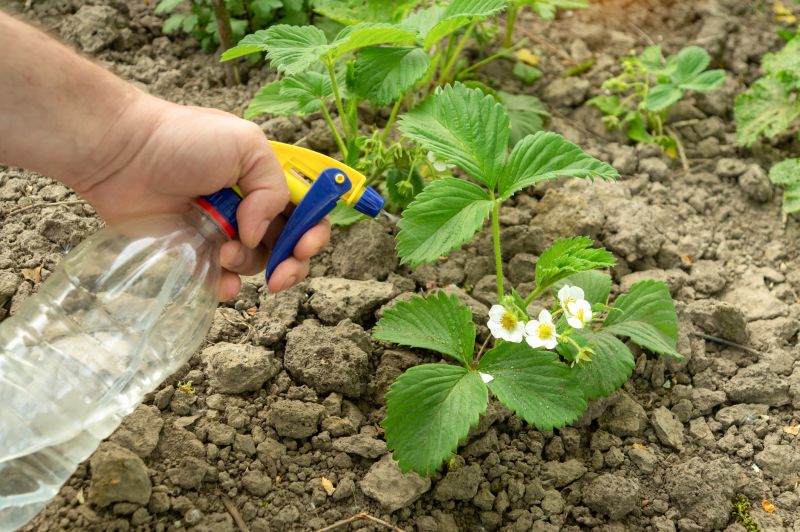
Timely removal reduces seed dispersal and regrowth.
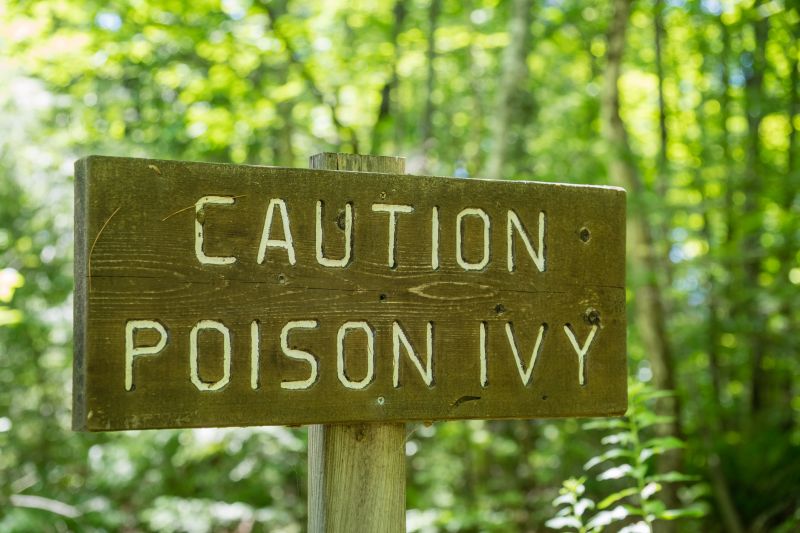
Lower-waste or water-saving choices for Poison Ivy Removals.
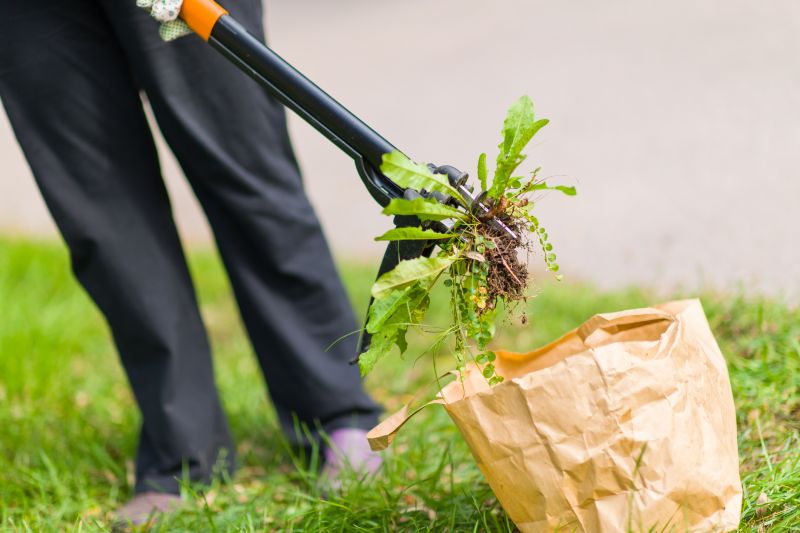
The short, realistic tool list for quality Poison Ivy Removals.

Rough timing from prep to clean-up for Poison Ivy Removals.
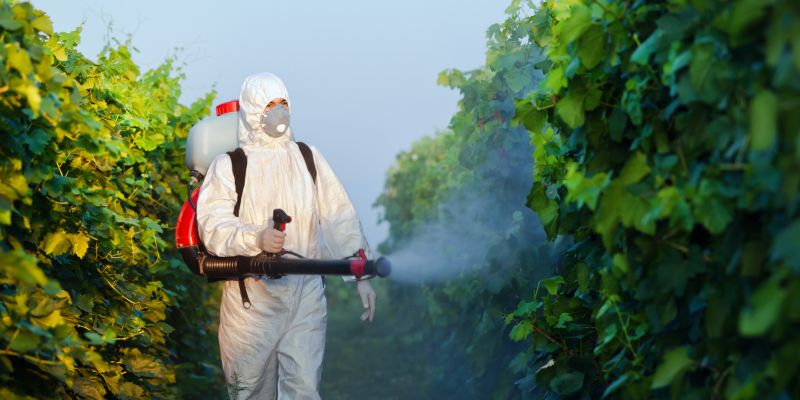
Quick checks and paperwork to keep after Poison Ivy Removals.
Interested in poison ivy removal services? Filling out the contact form can provide additional information and assistance tailored to specific needs.
